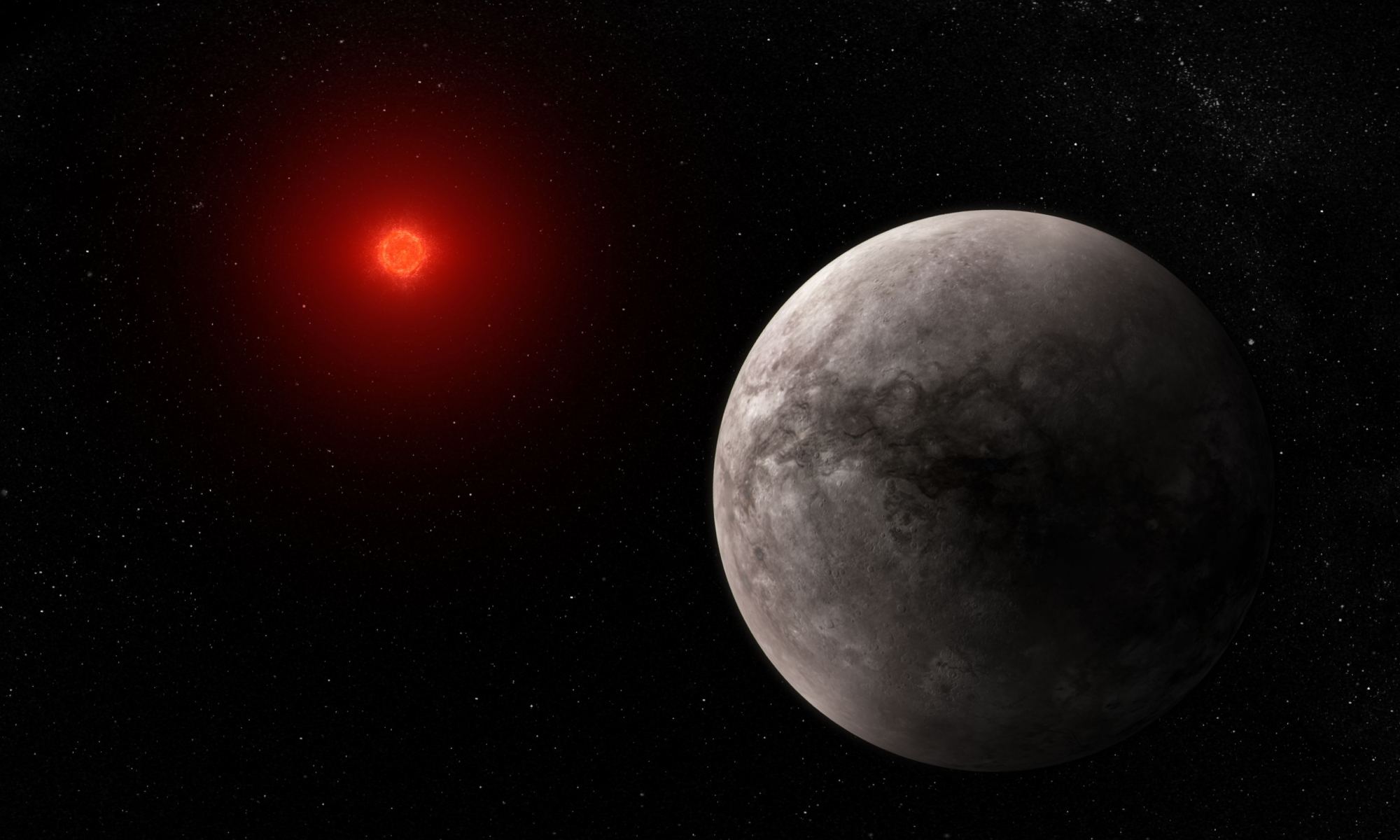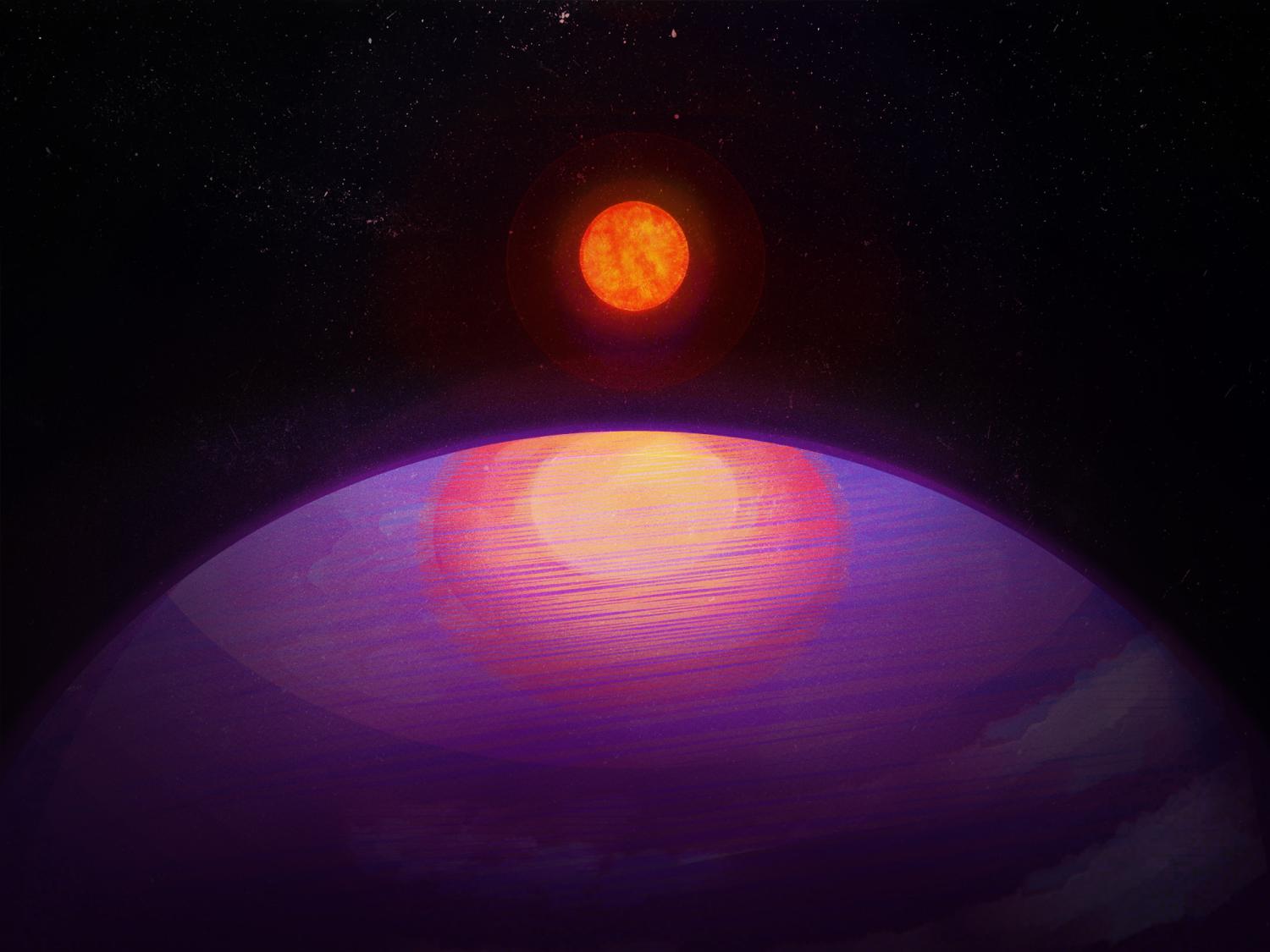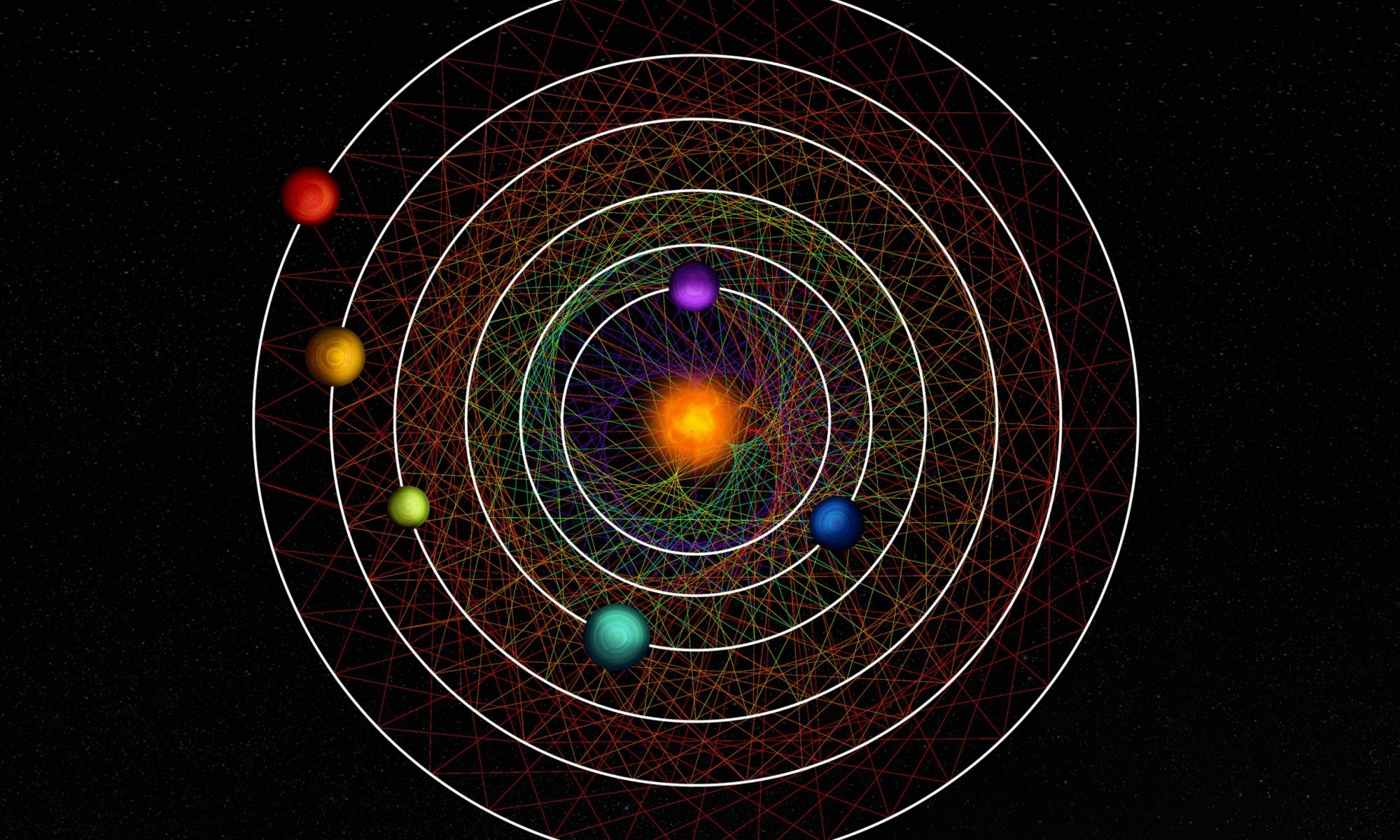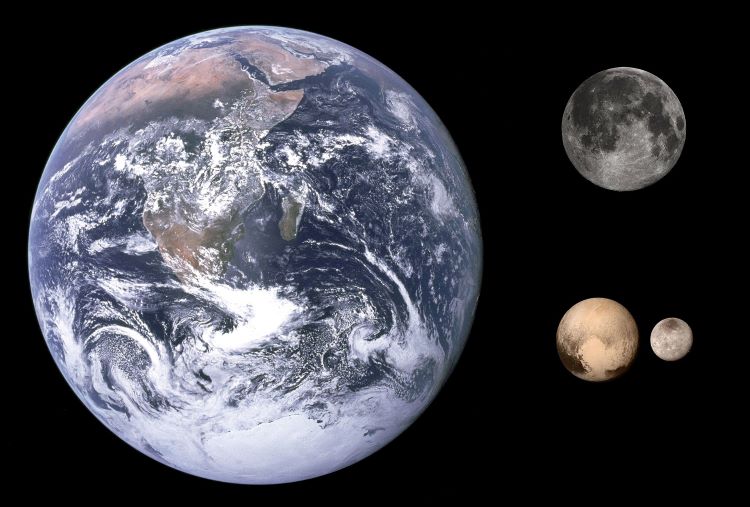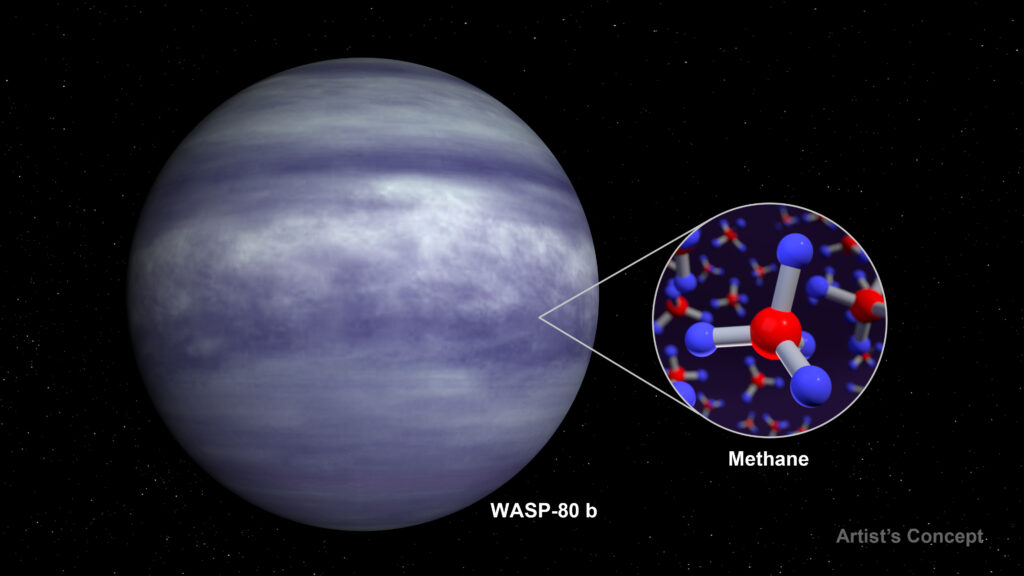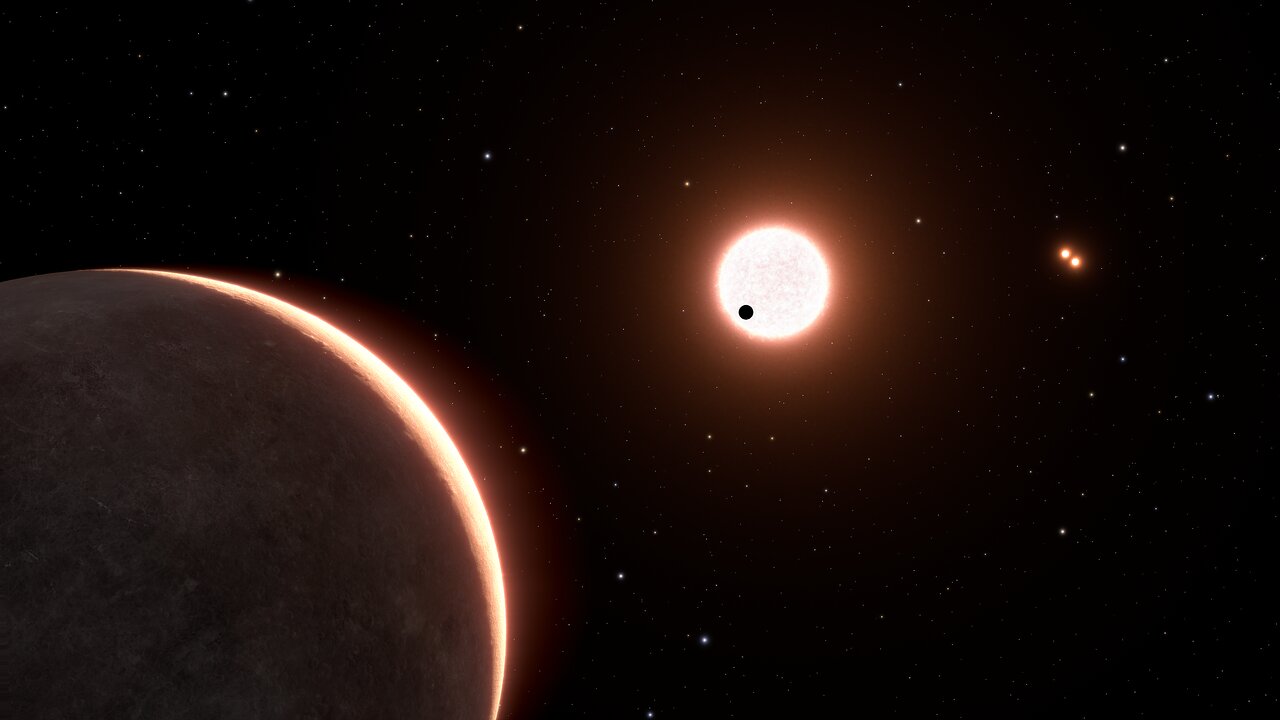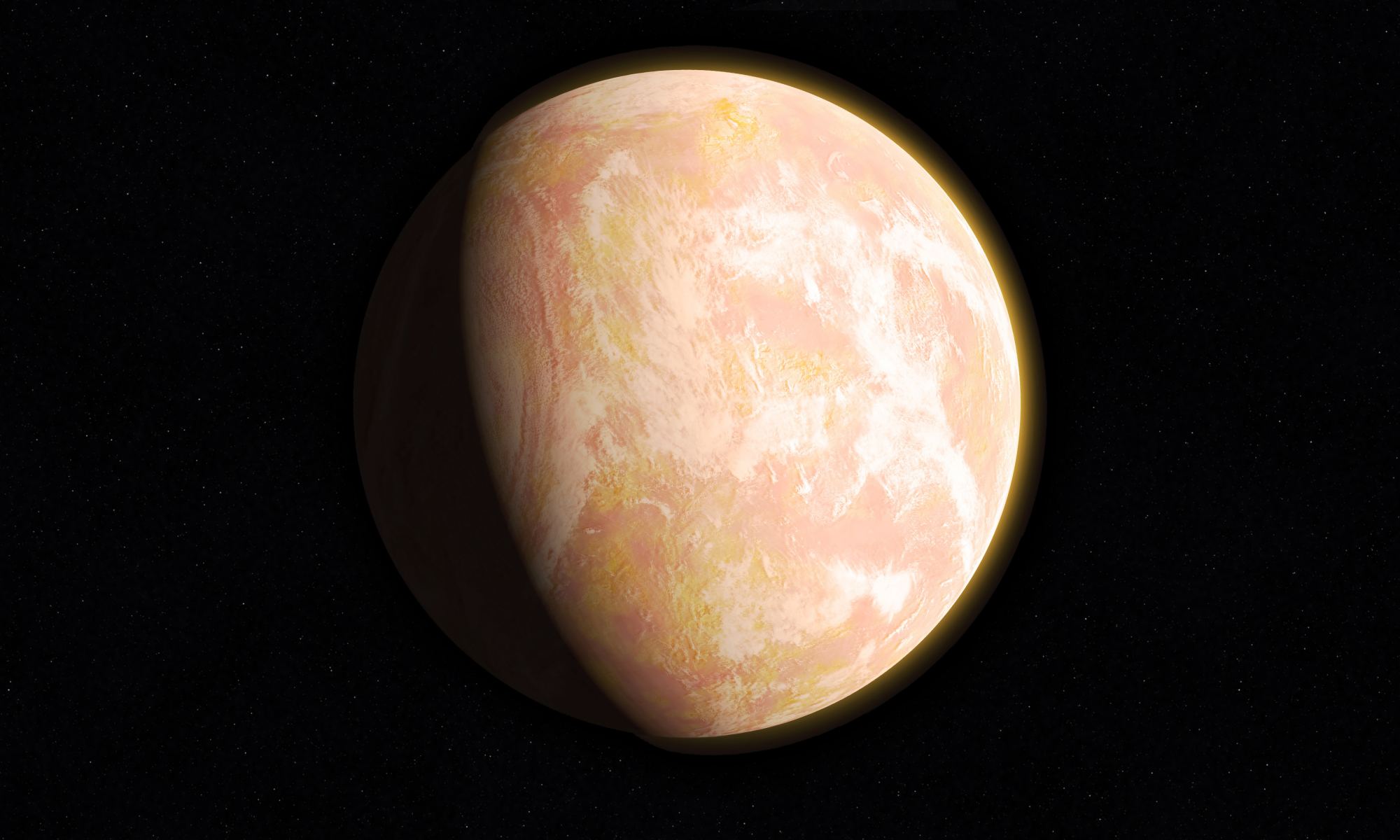Astronomers know of about 60 rocky exoplanets orbiting in the habitable zones of their stars. When they try to determine how habitable these planets might be, detecting water in their atmospheres plays a huge role. But what if there was another way of measuring the water content in these worlds?
Researchers are developing a way of modelling these worlds to determine how much water they have.
Continue reading “Astronomers Calculate Which Exoplanets Are Most Likely to Have Water”
